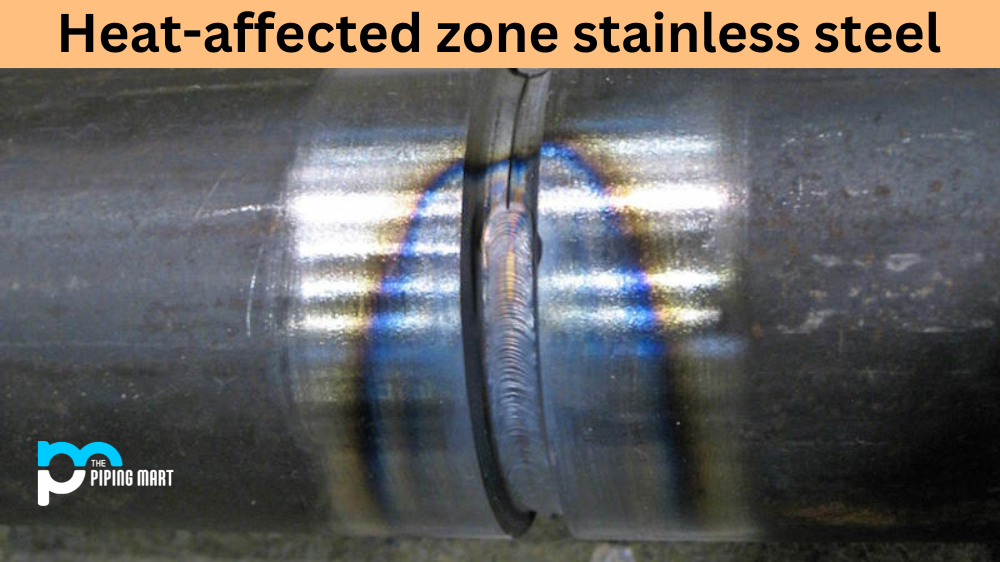Many options are available when choosing the correct steel grade for your construction project. Among them, ASTM A36 and S275JR are the most sought-after steel grades. Both are widely used in the construction industry due to their excellent mechanical properties, weldability, and affordability. However, their composition, strength, and performance differ in different environments. This blog post delves deeper into these two steel grades and helps you decide which is best for your project.
Difference Between ASTM A36 and S275JR
Composition
ASTM A36 is made of carbon and low-alloy steel and has a minimum yield strength of 36,000 psi. S275JR, on the other hand, is made of carbon, manganese, and silicon steel and has a minimum yield strength of 27,000 psi. This means that ASTM A36 is more robust, but S275JR is more ductile and has better machinability.
Performance in High-Temperature Environments
While ASTM A36 and S275JR can withstand high-temperature environments, ASTM A36 is more resistant to thermal stress due to its low-carbon content. This makes it suitable for welding and forming, even under high-temperature conditions. On the other hand, S275JR may experience some loss of strength at higher temperatures due to its higher carbon content.
Applications
ASTM A36 is commonly used for structural purposes, such as bridges, buildings, and general construction. It is also used in machinery and equipment manufacturing due to its excellent welding and machining properties. S275JR, on the other hand, is commonly used in building and construction projects because of its superior strength-to-weight ratio. It also manufactures steel pipes, HVAC (heating, ventilation, and air conditioning) systems, and industrial tools.
Cost
ASTM A36 and S275JR are affordable compared to other steel grades, but ASTM A36 is slightly more expensive due to its higher strength and better performance in high-temperature environments.
Corrosion Resistance
ASTM A36 has moderate corrosion resistance due to its low carbon content. However, it is not recommended for use in marine environments, as it may need to be corrected quickly. S275JR, on the other hand, has better corrosion resistance due to its higher manganese content. It is suitable for use in mildly corrosive environments but not marine environments.
Yield Strength
Another critical difference between ASTM A36 and S275JR steel is the yield strength. Yield strength measures how much stress a material can take before it begins to deform. ASTM A36 steel has a minimum yield strength of 36,000 psi, while S275JR steel has a minimum yield strength of 275 N/mm2.
Tensile Strength
The tensile strength is another essential mechanical property when comparing ASTM A36 and S275JR steel. Tensile strength measures the amount of force required to pull a material apart. ASTM A36 steel has a minimum tensile strength of 58,000 psi, while S275JR steel has a minimum tensile strength of 430 N/mm2.
Density
The density of a material is another important property to consider when comparing ASTM A36 and S275JR steel. The viscosity of both materials is very similar, with only a tiny difference between them. The thickness of ASTM A36 steel is 7,800 kg/m3, while the density of S275JR steel is 7,850 kg/m3.
Conclusion
In conclusion, ASTM A36 and S275JR have unique properties and are widely used in construction. ASTM A36 is stronger and more resistant to thermal stress, making it ideal for structural purposes, machinery and equipment manufacturing, and high-temperature environments. S275JR, on the other hand, boasts an excellent strength-to-weight ratio and better machinability and ductility, making it ideal for building and construction projects. Ultimately, deciding which steel grade to choose depends on the project’s specific application, environment, and budget. Consulting with a professional engineer or steel supplier is highly recommended to ensure the best possible outcome.
Rachana is a dedicated and ambitious young woman who has made a name for herself in the metal industry. From her earliest days in the industry, Rachana showed a natural talent for problem-solving and a keen eye for detail. In her free time, She enjoys reading up on the latest advancements in the industry, as well as exploring new ways to innovate and improve upon existing processes.




